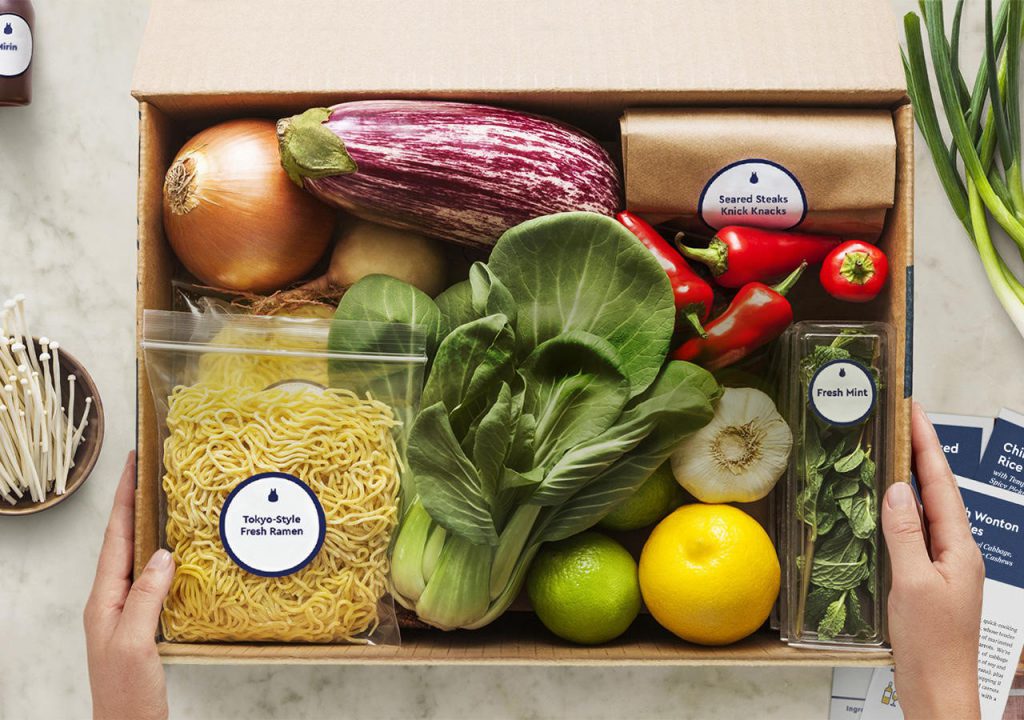Any renewed interest in home cooking rather than eating out is good news for kitchenware retailers. And, thanks to the growth in meal kits and online grocery shopping, more people are cooking meals at home these days.
In fact, more than half of U.S. adults claim they really enjoy cooking (53%) and more than a third consider the kitchen to be the most important room in the home (35%), according to the new “Eating Trends: Cooking & Food Shopping” report from the market research firm Packaged Facts.
These percentages are up compared to a decade ago, the report says.
The study found that most people who don’t cook at home either have a lack of time to grocery shop and meal prep or they lack confidence in their cooking skills, noting that this was especially true for Generation Z adults (ages 18-24) and to a lesser extend Millennials (ages 25-39). Retailers offering cooking classes might want to target those age groups.
According to the study, the meal kit industry is the best example of a food industry that’s making it easier for adults to start cooking more at home again. The products are marketed to emphasize several advantages to lure consumers to cook at home.

Meal kits appeal to specific consumer segments, the study found:
- Busy consumers who don’t have time to shop for groceries or plan meals.
- High income consumers who don’t want to shop for groceries or plan meals and are willing to pay more for convenience.
- Consumers lacking cooking skills who really want to learn how to cook.
- Consumers who live alone or in a small household who don’t like wasting food and want proportions tailored to their needs.
Online grocery services like those provided by Amazon Prime Pantry, AmazonFresh, Instacart and Peapod, among others, have also proven to be time savers for aspiring home cooks.
Since 2013, online sales of groceries have more than tripled from $6 billion to $20 billion in 2018. Through 2023 online grocery sales are forecast by Packaged Facts to rise 34 percent annually, more than quadrupling from the levels in 2018 and representing 7 percent of the grocery market.
Technology wise, the report says to watch contextual commerce, which offers consumers options ranging from buy buttons to messaging bots and voice assistants to scan-and-bag apps.
With contextual commerce, consumers can make purchases anytime or anywhere using button click or just their voices, expanding retailers’ reach and allowing them to give shoppers the chance to buy products easily during their normal day-to-day activities.
And like meal kits and food commerce, it is another step toward saving home cooks some time.
Source: Eating Trends: Cooking and Food Shopping, Packaged Facts



